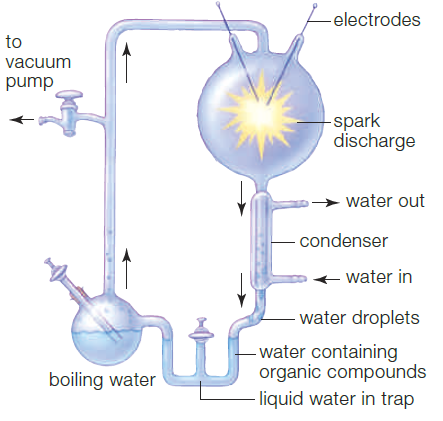The letter "B" in the above figure represents
a. cortex.
b. cornea.
c. fovea.
d. blood vessels.
e. optic nerve
C
You might also like to view...
The most common dental anesthetic used is lidocaine. Lidocaine blocks voltage-gated Na+ channels. Where along the facial nerve would you expect lidocaine to be active?
A. along the cell body B. at the dendrite C. along the axon D. at the axon terminals E. at the synaptic cleft
Which of the following statements about cysteine is correct?
A) Cysteine forms when the -CH2-SH R group is oxidized to form a -CH2-S-S-CH2- disulfide bridge between two cysteines. B) Cysteine is an example of a nonstandard amino acid, derived by linking two standard amino acids. C) Cysteine is formed by the oxidation of the carboxylic acid group on cysteine. D) Cysteine is formed through a peptide linkage between two cysteines. E) Two cysteines are released when a -CH2-S-S-CH2- disulfide bridge is reduced to -CH2-SH.

A. carbon dioxide. B. methane. C. ammonia. D. water vapor. E. hydrogen gas.
Which muscle(s) would have the greatest number of muscle cells per motor unit?
A) muscles controlling the movement of our hands B) facial muscles C) a thigh muscle D) muscles controlling the movement of an eyeball